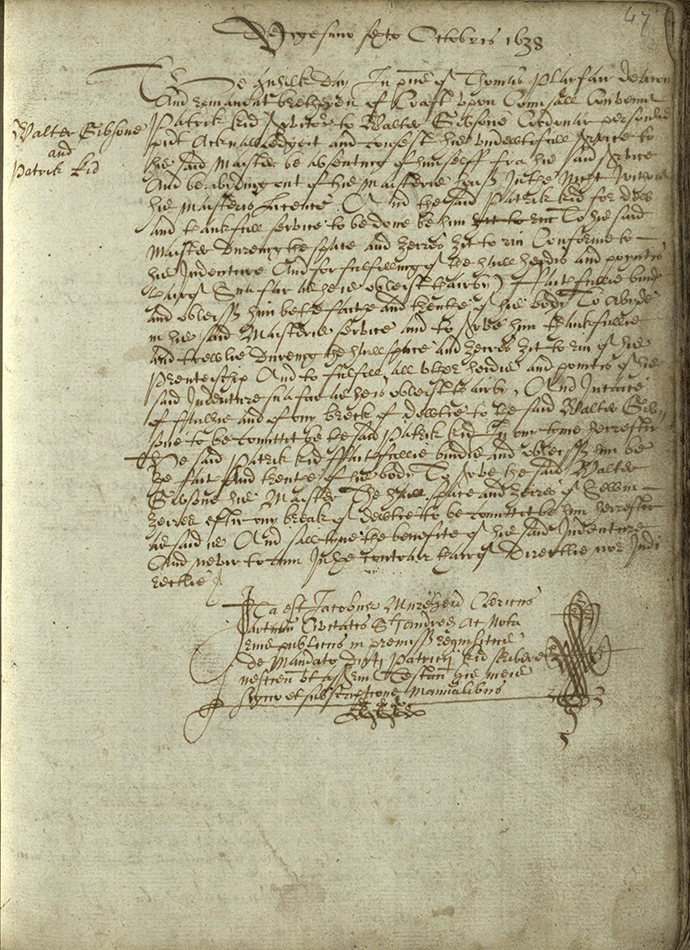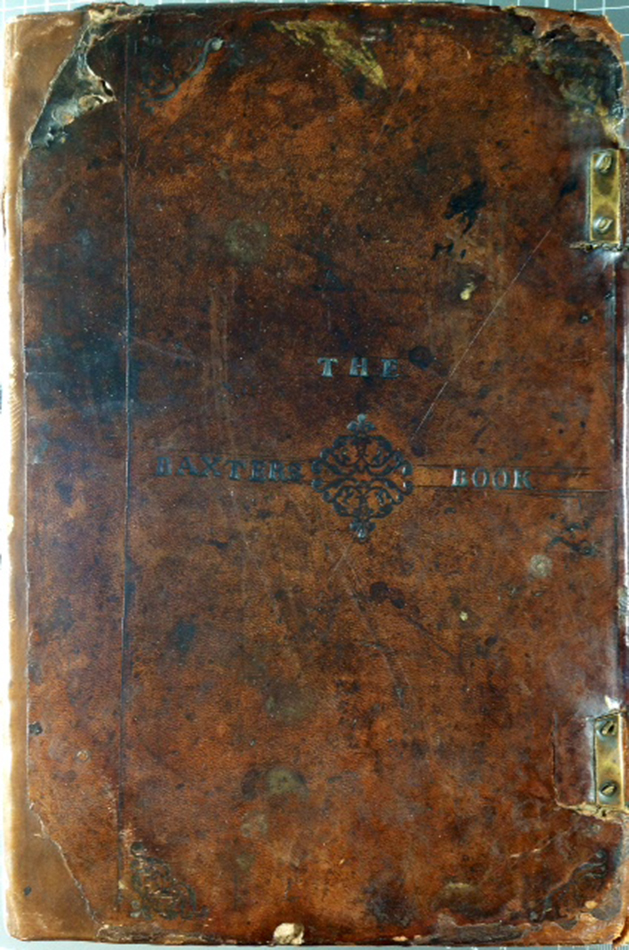Special Collections Visiting Scholars – Chris Langley’s Reflections

I am ashamed to say that, despite being a long-term traveller on the East Coast Main Line and spending much of my doctorate on trains between Edinburgh and Aberdeen, I had never used the Special Collections in St Andrews. My time in Special Collections during the summer of 2014 provided an opportunity to explore some of the archive’s excellent holdings.
The purpose of my visit was to pursue my latest project Cultures of Care in Early Modern Scotland. This continues my work of assessing the intersection between secular and ecclesiastical spheres of Scottish life in the sixteenth and seventeenth century and the socio-cultural ramifications of religious change. I am currently writing two articles, the first on how communities cared for demobilised soldiers throughout the seventeenth century and the second assessing how palliative care worked locally through the early modern period. I am interested in the role played by informality and how support beyond the Kirk Session operated. My time in St Andrews allowed me to spend a concerted amount of time working on this with the help of the extensive burgh records from across sixteenth- and seventeenth-century Fife. Special Collections hold burgh council or court records for St Andrews, Cupar, Crail and Pittenweem in addition to trade guild records.

References to such informal care activity are relatively rare. However, the guild documents include some useful information on the communal funeral palls, or mortcloths, that members were entitled to use. In a sign of the wider support being offered, a child-sized pall was also provided for members of the guild. The St Andrews burgh council made reference to demobilised soldiers who were placed in the poor hospital alongside the city’s orphans. Other records show communities harbouring wandering vagrants who were at the point of death, supporting them in their households during their time of need. It is clear that the idea of reciprocity and flexibility in care arrangements was a feature of communal life across Scotland and not a feature solely confined to the Gàidhealtachd.

The members of the Special Collections team are, indeed, themselves a special collection of knowledgeable and helpful individuals. Even on my way out of the Archive on my last day, the Archival team were suggesting other avenues of research providing food for thought for my journey south of the border. Authors regularly acknowledge the help they receive from archive staff in their publications, but I do not think I can express how welcome I felt in Special Collections.
Chris R. Langley
Newman University, Birmingham